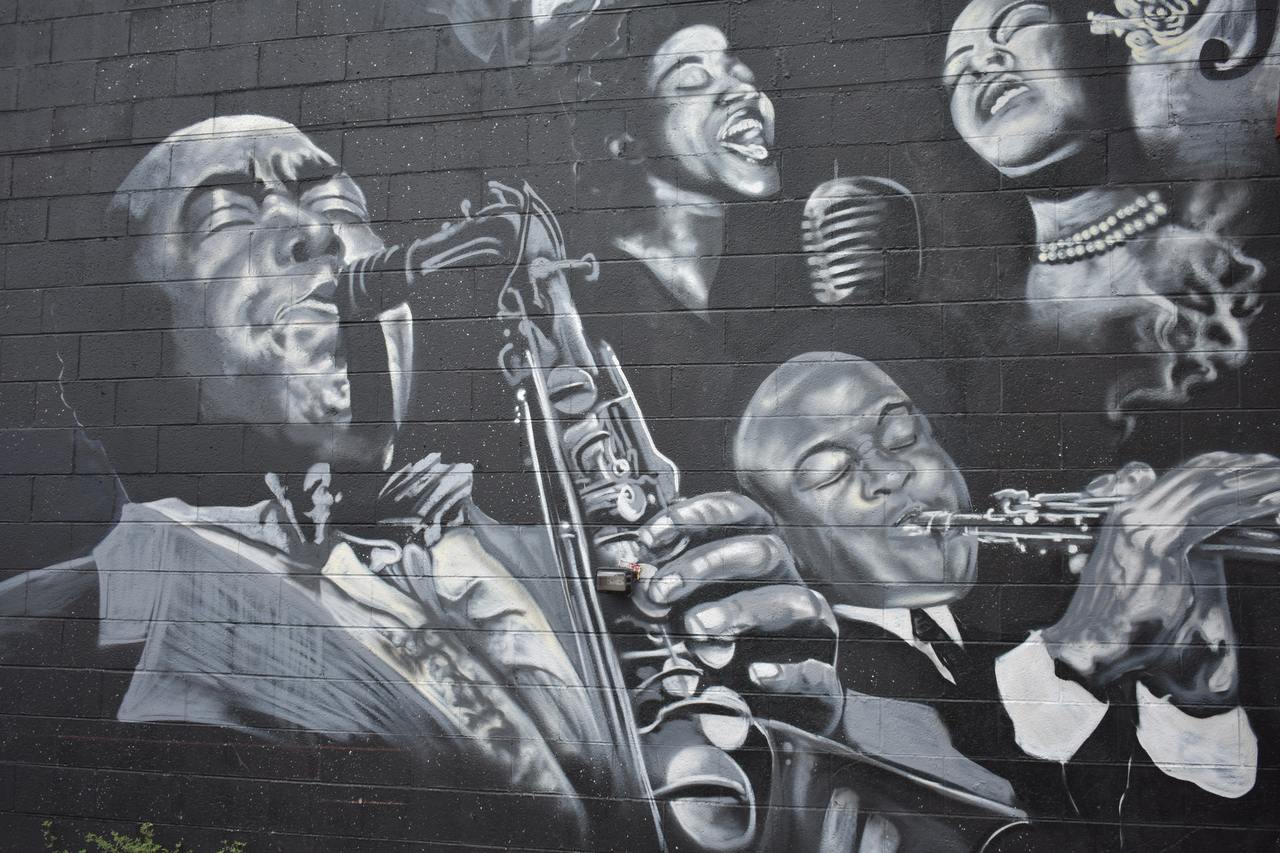In order for listeners to perceive an improvisation as the (virtual) expression or extension of the musician’s subjectivity or consciousness, they must first recognise the musician’s consciousness. Similarly, in order for the musician’s improvisation to become an aesthetic object, the musician requires the listener’s consciousness to perceive it. John Coltrane once said that he wished he could walk up to his music for the first time, as if he had never heard it before: ‘Being so inescapably a part of it, I’ll never know what the listener gets, what the listener feels, and that’s too bad.’ We are confronted with a reciprocal necessity for subjective recognition. And it is precisely here that the improvisation’s power lies: (free) jazz improvisation, when performed by a black musician, demands the recognition of a consciousness that has routinely been denied throughout history.
In his seminal work Black Skin, White Masks, Frantz Fanon explains how black people are continuously stripped of their personhood, and reduced to a ‘fixed concept’ of blackness. This essentialisation and objectification of black people is apparent throughout the entire history of jazz: in the 40s, for example, several critics neatly disguised their racism (and noble savage clichés) as a love for jazz, dismissing the new music as undanceable, or as corrupted by (white?) intellectualism. Fanon speaks of how bebop challenged racist notions of an essentialised blackness. His words still ring true today:
‘For them jazz could only be the broken, desperate yearning of an old “N-”, five whiskeys under his belt, bemoaning his own misfortune and the racism of whites. As soon as he understands himself and apprehends the world differently, as soon as he elicits a glimmer of hope and forces the racist world to retreat, it is obvious he will blow his horn to his heart’s content and his husky voice will ring out loud and clear (...) it is not unrealistic to think that in fifty years or so the type of jazz lament hiccuped by a poor, miserable “N-” will be defended by only those whites believing in a frozen image of a certain type of relationship and a certain form of negritude.’
It is no coincidence that (free) jazz, originally a black art form, developed in such a way that music improvisation played (and plays) a central role to its identity. To improvise means both to assert one’s own subjectivity, to make its existence known, as well as to demand the presence of another subjectivity (that of the listener). On the other hand, the listener – in so far as they experience improvisation as a meaningful expression of subjectivity – must recognise and acknowledge the presence of the improviser’s subjectivity, and can not engage in the essentialisation or objectification of the improviser. It is worth addressing that the implications for a black audience are quite different from those for a white, or non-black audience: in recognising the consciousness of the black improvising musician, a black listener must simultaneously recognise their own and is, in so doing, able to reclaim it. A white listener, on the other hand, in disclosing their consciousness as a subjective listener, must simultaneously recognise that of the black improvising musician, and is thus presented an opportunity to dismantle racism on a personal level.



